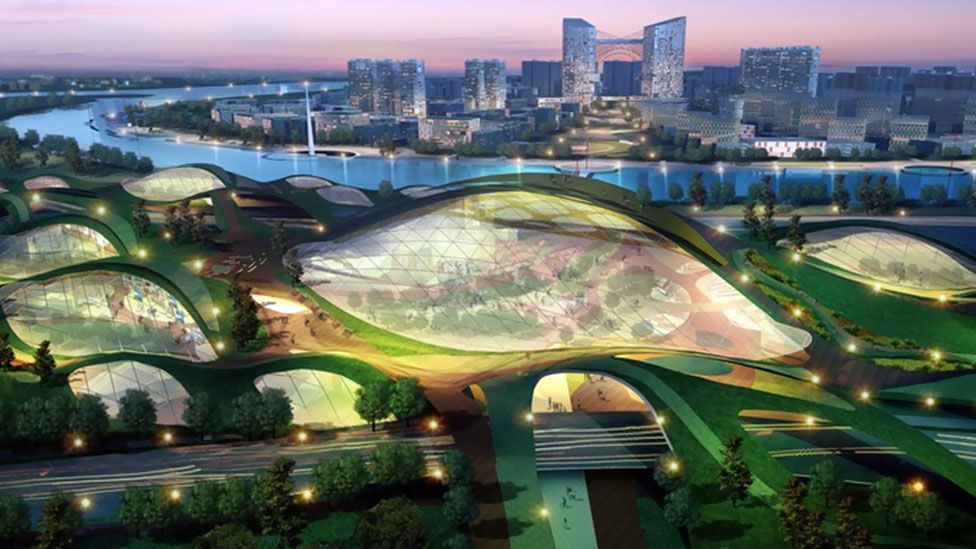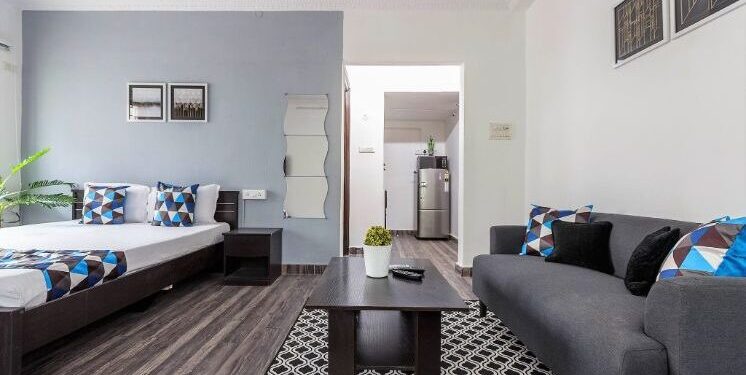In the rapidly evolving world of landscape architecture, the integration of technology has become a cornerstone for innovation and sustainability. The fusion of nature and cutting-edge technological advancements has paved the way for a new era in the design and creation of outdoor spaces. This article explores the multifaceted role of technology in landscape architecture.
1. Digital Tools and Visualization
One of the key areas where technology has revolutionized landscape architecture is in the realm of digital tools and visualization. Advanced computer-aided design (CAD) software enables landscape architects to create intricate 3D models and simulations, allowing them to visualize and refine their designs with unprecedented precision. This not only enhances the creative process but also facilitates effective communication with clients and stakeholders.
In the context of Dubai’s bustling landscape architecture scene, professionals leverage state-of-the-art digital tools to craft innovative designs that harmonize with the city’s unique urban environment. Landscape architects in Dubai utilize these tools to bring their visionary concepts to life, ensuring that every project seamlessly blends with the city’s distinctive architectural aesthetics.
Furthermore, the integration of digital tools goes beyond mere visualization, extending into the realm of data-driven decision-making. Landscape architects in Dubai harness the power of Geographic Information Systems (GIS) to analyze and interpret spatial data, informing their design choices.
By overlaying environmental, topographical, and demographic information, these professionals gain valuable insights that guide the strategic placement of elements within a landscape.
This data-driven approach not only optimizes the functionality of outdoor spaces but also contributes to the city’s sustainability goals by ensuring that designs are ecologically sound and socially relevant.
2. Smart Irrigation and Sustainable Practices
As water scarcity continues to be a global concern, the role of technology in promoting sustainable practices within landscape architecture cannot be overstated.
Smart irrigation systems equipped with sensors and weather data integration enable precise water management, minimizing wastage and ensuring optimal hydration for plants. This not only conserves water resources but also aligns with the broader goals of environmental sustainability.
In Dubai’s arid climate, water conservation is a critical aspect of landscape architecture. Landscapers Dubai leverage advanced irrigation technologies to create lush green spaces that thrive in challenging conditions. The integration of smart irrigation not only preserves water but also contributes to the overall resilience and longevity of the landscapes they design.
Moreover, the emphasis on water conservation in Dubai’s landscape architecture extends beyond smart irrigation systems to include innovative approaches such as xeriscaping.
Xeriscaping involves designing landscapes that require minimal water, relying on drought-resistant plants and efficient irrigation practices.
Landscapers in Dubai, recognizing the importance of sustainability in the region, incorporate xeriscaping principles into their designs. This not only reduces water usage but also promotes a more ecologically balanced and resilient ecosystem.
3. BIM (Building Information Modeling) for Comprehensive Planning:
Building Information Modeling (BIM) has emerged as a game-changer in the field of landscape architecture. This collaborative process allows professionals to create and manage digital representations of the physical and functional characteristics of a space.
In the context of landscape architecture, BIM facilitates comprehensive planning and coordination between various stakeholders involved in a project.
In the dynamic cityscape of Dubai, where urban planning is integral to the overall aesthetic and functionality of outdoor spaces, landscape architects utilize BIM to streamline the design and construction process. This not only enhances efficiency but also ensures that every element of a landscape is seamlessly integrated into the broader urban fabric.
Additionally, the application of Building Information Modeling (BIM) in landscape architecture projects in Dubai extends to the maintenance and ongoing management of outdoor spaces.
BIM allows for the creation of a digital database that encompasses not only the initial design and construction details but also vital information about the types of plants, materials used, and maintenance schedules.
This data-rich model serves as a valuable resource for landscape architects and maintenance teams alike, ensuring that green spaces in Dubai are not only aesthetically pleasing upon completion but are also sustainable and resilient over time.
4. Augmented Reality (AR) and Virtual Reality (VR)
The advent of Augmented Reality (AR) and Virtual Reality (VR) has ushered in a new era of experiential design within landscape architecture.
These immersive technologies allow clients and stakeholders to virtually explore proposed designs before they are implemented. This not only enhances the decision-making process but also provides a realistic preview of the final result.
In Dubai, where iconic structures and landscapes define the city’s character, landscapers harness the power of AR and VR to offer clients an immersive experience of their envisioned outdoor spaces.
This not only fosters client engagement but also ensures that the final product aligns with the client’s expectations and the city’s aesthetic standards.
5. Green Roofs and Sustainable Infrastructure:
Technology plays a pivotal role in the design and implementation of green roofs, an increasingly popular sustainable practice in landscape architecture.
Green roofs not only provide aesthetic value but also offer environmental benefits, including improved insulation, stormwater management, and biodiversity support. Advanced technologies are instrumental in ensuring the structural integrity and functionality of green roofs.
In the context of Dubai’s skyline, landscape architects are at the forefront of incorporating green roofs into their designs. This sustainable approach not only enhances the city’s environmental profile but also contributes to the overall well-being of its inhabitants.
Furthermore, the integration of Augmented Reality (AR) and Virtual Reality (VR) in landscape architecture projects in Dubai extends beyond client engagement to encompass public participation and community input.
Through interactive AR and VR experiences, the general public can actively engage with proposed designs, providing valuable feedback that contributes to the refinement of outdoor spaces.
This democratization of the design process aligns with Dubai’s commitment to inclusive urban development, ensuring that the city’s residents have a voice in shaping the public spaces they inhabit.
Conclusion
The integration of technology into landscape architecture has transformed the way outdoor spaces are conceptualized, designed, and realized. In Dubai, a city known for its architectural marvels and innovative urban planning, landscape architects and Landscapers leverage digital tools, sustainable practices, and immersive technologies to create green spaces that not only enhance the urban environment but also contribute to the city’s identity.
As technology continues to advance, the role of landscape architects in shaping sustainable, aesthetically pleasing outdoor spaces is poised to become even more dynamic and influential.












